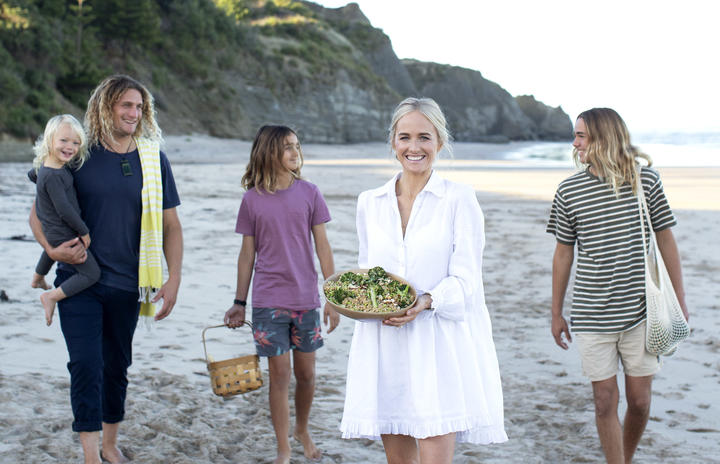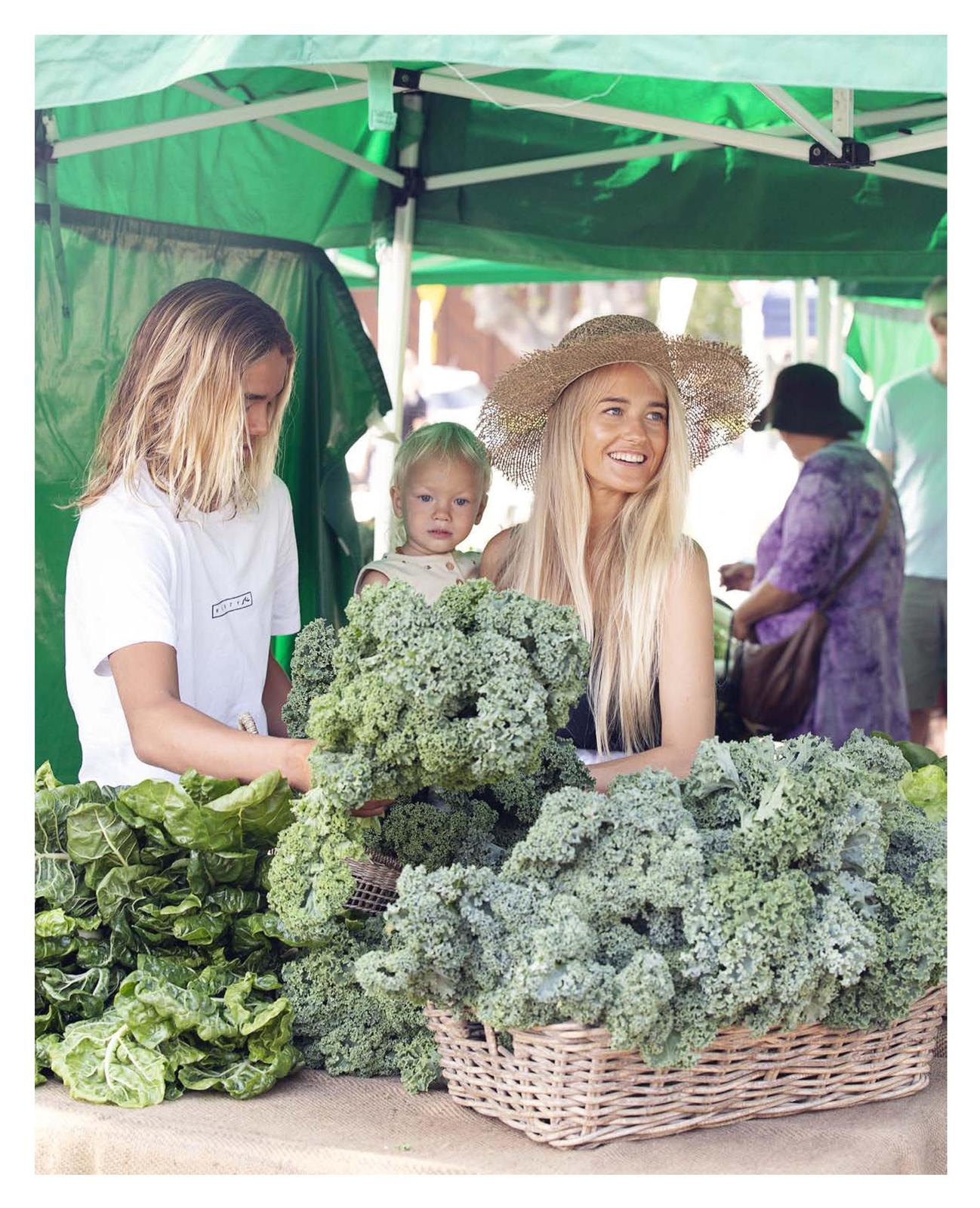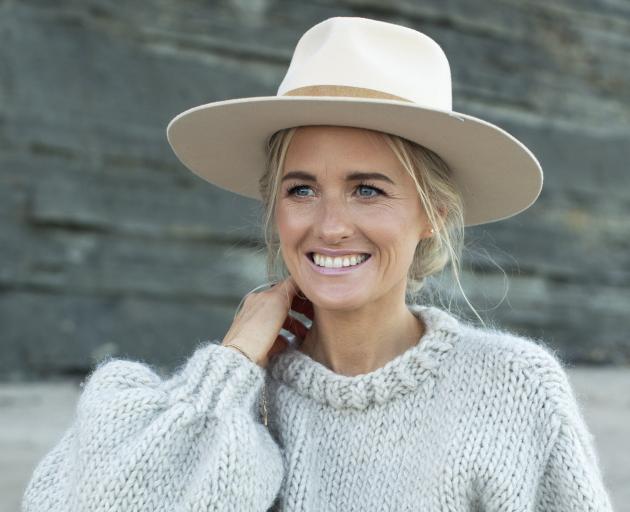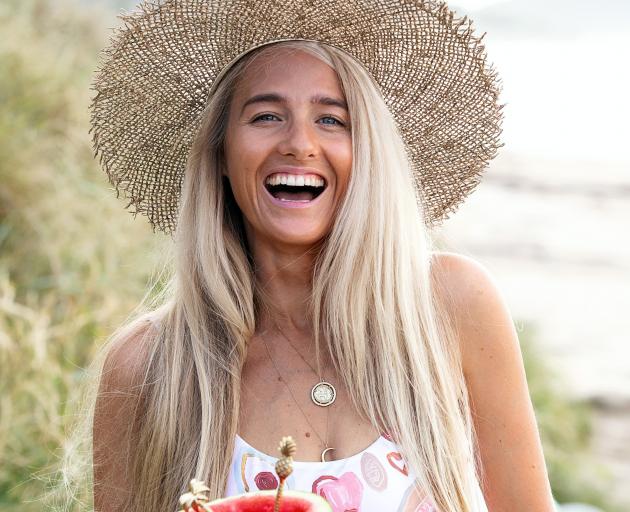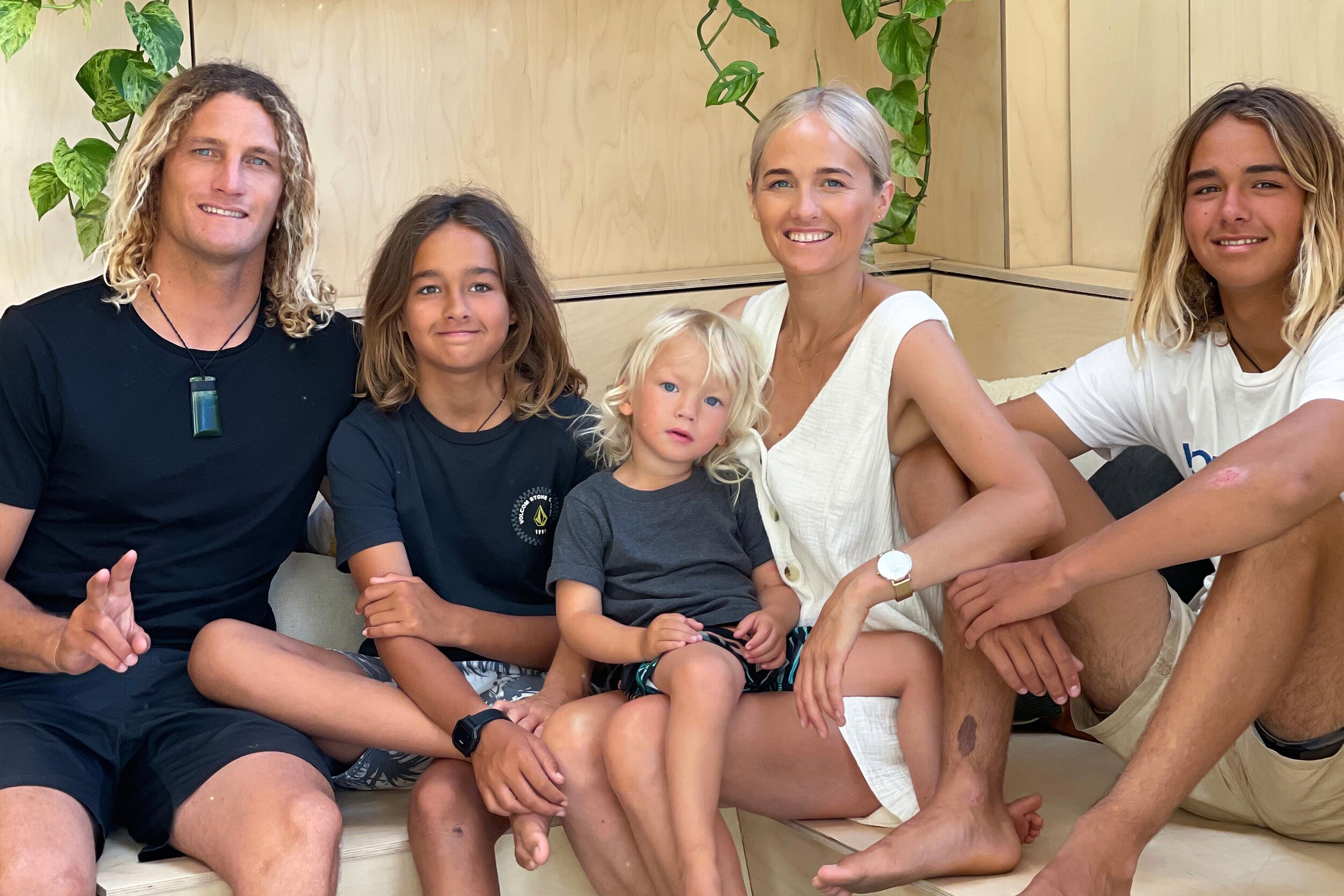How Author Sophie Steevens Found Wellness with a Plant-Based Diet
Facing a lifetime of medication and aggressive treatment for an autoimmune disorder, Sophie Steevens was sure there was a better way to wellness.
Growing up in New Zealand’s largely meat and dairy-based food culture, I was lucky that both my parents were vegetarian. They also had a great awareness of the health benefits of wholefoods and organic produce, among other things, so I guess the seeds of the way I eat now were planted at a young age.
My parents decided to part ways when I was around six years old, which was also around the time that my vegetarianism came to an end. I followed the behaviour of those around me and naively began to introduce meat into my diet.
When it came to healthy eating, my teenage years saw a downhill spiral. I became addicted to all things sugar and dairy, and eventually copious amounts of black tea and coffee. I remember consuming blocks of chocolate as if they were the last food on Earth, completely unaware of the detrimental effects they were having on my body.
I had my first child, Eli, at almost 20 years old, followed by my second, Milo, a few years later, and giving birth to my boys definitely reignited some of the health awareness I had as a child - although nothing was going to stop my sugar addiction. I endeavoured to feed my boys the same way my parents had fed me as a toddler, but I was still neglecting myself.
It wasn’t until I was about 25 that something within me clicked. I vividly remember sitting at the dinner table looking at a freshly cooked chicken, when suddenly the thought of eating a dead bird completely repulsed me.
At that moment, I made a conscious choice to never, ever touch meat again - and I haven’t. My partner, Ricardo, was a heavy meat-eater at the time, but not long after, he too became vegetarian, along with my boys.
A year later, our young family decided to pack our things and move to Bali, Indonesia. Ricardo travels as a professional surfer, and the waves there are some of the best in the world for him to train in, the weather is amazing year-round compared with the chilly New Zealand winters, and we thought it would be a great experience for the boys, aged four and six at the time.
For a little while, everything was amazing. We were having so much fun adventuring and experiencing life immersed in a completely different culture, but, unbeknown to us, things were about to change.
While Ricardo was overseas competing in South Africa, I suddenly became extremely ill. Initially, I self-diagnosed it as a standard Bali bug, but I rapidly took a turn for the worse and had to drag myself to the nearest international hospital.
After many tests, the doctors diagnosed me with typhoid fever: a life-threatening bacterial infection that’s usually spread through contaminated food or water. Without prompt treatment, it can spread throughout the body, causing serious complications, and it can be fatal. They also picked up a severe kidney infection, as well as throat and ear infections.
I remember lying on the hospital bed in the emergency ward, barely able to lift my head, with tears rolling down my cheeks and my arms wrapped tightly around my two young boys. In that moment, I felt unsure whether or not I was going to be okay. Ricardo was trying to get a flight out of South Africa, and my poor mum was stuck on a connection en route to London with my sister. I was alone, incredibly sick, and caring for Eli and Milo in a Balinese hospital.
Given the circumstances, my boys were absolutely amazing – they never once left my side. During the day, we’d play games, draw pictures and watch movies, and when I was able to walk around, we’d walk back and forth to the hospital shop or café to see what fun we could find – with my intravenous pole in tow. We’d then snuggle into bed together each evening.
I managed to convince my mum not to fly over and, after three days, Ricardo finally arrived from South Africa to join in on the hospital sleepover party. It was on our fourth morning in hospital that something completely unexpected was picked up.
"My doctor noticed a minute lump on my throat. This immediately sent shivers through my body – given the previous few days, it was hard not to think the worst."
After further tests, the doctor felt confident that the lump was only due to an extremely overactive thyroid. She hypothesised that this was due to my severe infection and I was eventually discharged from hospital, equipped with thyroid medication. The expectation was that my extreme thyroid levels would soon return to normal as the medication took hold.
Graves’ concern
I spent the following three months recovering, while enjoying the sun, surf and the beautiful culture Bali has to offer. Deep down, though, I felt toxic. I was experiencing some unusual symptoms and I knew things weren’t right within my body. It was time to leave our Bali bubble and fly home to New Zealand to find out what was really going on.
We flew home and I went to see one of the top endocrinologists in the country. After explaining everything to him in detail, then having further tests and an ultrasound, he was quick to diagnose me with Graves’ disease. All I remember thinking was: “What on earth is that?”
I soon learned that Graves’ is an autoimmune disease in which the immune system creates antibodies to attack the thyroid gland, causing it to produce an excessive amount of thyroid hormone and become overactive. This puts the body into overdrive, resulting in a number of symptoms, including a rapid heartbeat, excessive sweating, hand tremors, nervousness, anxiety, weight loss and sleep problems.
Once again, I was given the standard course of thyroid treatment, as well as cardiac medication to control my rapid heart rate. The standard treatment protocol for Graves’ disease means taking thyroid medication to bring down the elevated hormone levels for about one year.
In most cases, Graves’ disease can’t be cured, and eventually radioactive therapy treatment or surgery is necessary to kill the overactive thyroid. This effectively causes hypothyroidism (an underactive thyroid, which then causes another set of problems), so you then need to take another drug for the rest of your life to recreate the function of the destroyed thyroid.
The search for answers
I was 26 years old, and feeling more unhealthy than ever before. Deep down, I knew some big things needed to change if I was going to manage this disease. Looking back, this was the moment when my health journey truly began.
Over the next year, I researched avidly, reading many books and online articles. I cleaned up my diet, cut out most processed foods, worked with both a naturopath and a homeopath, and fell in love with my blender. I still suffered many symptoms of Graves’, including anxiety, irritability, hand tremors, nervousness, weight loss and gain, extreme fatigue, hair loss, achy bones, heart palpitations, and a rapid heartbeat – which meant I couldn’t exercise. I couldn’t even walk up a tiny hill without my heart flipping out.
After 14 months on the medication, multiple blood tests and back-and-forth visits to my specialist, I was finally in remission. It was the spark of hope I’d been so desperate for. That year, my family and I embarked on a six-month trip through Europe and Hawaii to support Ricardo, who was competing in various surf competitions. Throughout this time I tried to be healthy, but at this stage I still didn’t entirely know what that meant.
When we returned home, on my 29th birthday, I was shocked to discover that my thyroid levels had once again skyrocketed to dangerous heights. This completely threw me. After a year of being in remission, I was back in the hot seat.
Upset and disheartened, I returned to my specialist in Auckland to be given the hard news. I was told that I had no option left but to destroy my thyroid through radioactive iodine treatment or surgery, then take thyroxine medication for the rest of my life. He announced that I’d never go into remission again, that in my case it was simply not possible to do so. And he would have been right – if I’d continued down the same path I was on.
I left his office that day with the paperwork for radioactive iodine treatment but, despite what he had said, I was far from ready to give up. I clearly remember thinking that if my body was capable of causing this disease in the state it was in, then what was next?
Something in me knew I needed to dig deeper. The underlying causes of the problem were far from being addressed and I felt more determined than ever to heal my body. In fact, I was completely possessed with determination.
That night I went straight home and began my search for answers. For days on end, I read and researched, and a recurring theme among all the information I found was this: what we eat, drink, breathe, put on our skin, think and feel affects our health. These are the things that will make us either sick and weak or experience exceptional and robust health. I also discovered that, simply put, a raw, plant-based diet has the powerful potential to heal.
Raw power
In August 2016, I officially embarked on my detox journey. I was ready to cleanse my body of its built-up toxins and finally correct the underlying causes of my health challenges, including Graves’ disease. I was on a mission and it felt amazing. I also felt extremely prepared.
Over the next 12 weeks, I ate only raw, organic fruit and vegetables and took herbal formulas. This meant no oil, nuts, seeds, salt, pepper, dressings—nothing but pure, raw fruit and vegetables, plus baked or steamed kumara for extra calories. I also practiced specific food combining – eating certain foods together for optimum digestion and nutrient absorption.
The first week was the toughest, just taking that first step into the unknown, but it didn’t take long to adapt, and then I felt like I was flying through it. This was the moment I was discovering a true understanding of how to feed and nourish my body, and what it meant to eat real food, straight from the earth. I began to crave fruit and veges, and nothing else. I could finally taste their true flavours, and had found a deep respect for the food I was eating and where it came from. I was 100 percent committed to this detox, and I made it work around being a busy mum, as well as my other commitments.
It had been eight weeks since my last blood test, and 24 weeks without any medication. As I sat in the waiting room with Eli and Milo, who had been by my side every step of the way, we nervously awaited my results.
Well…my bloods came back completely normal. My thyroid function was normal and stable, and for the first time ever, my thyroid antibodies were now completely normal. This was supposed to be impossible! I sat there fighting back tears when all of a sudden, everything hit me. I realised in that moment just how much I’d been through to get to this point. I don’t think I could ever describe the feeling I had that day, but I was empowered.
I’ve now had completely normal thyroid function and antibodies for more than three and a half years. I continue to eat raw fruit and vegetables abundantly, as well as nuts, seeds and gluten-free wholegrains.
These days, I look at my autoimmune disease as a blessing. It was a massive wake-up call and has taught me how to truly nourish my body, and I’ll be forever grateful for that. We get one life and one precious vehicle to drive us through it, and one of the biggest lessons I’ve learnt through this is never to take my health for granted again.
Take a sneak peek into her two books, Raw and Free and Simple Wholefoods:

